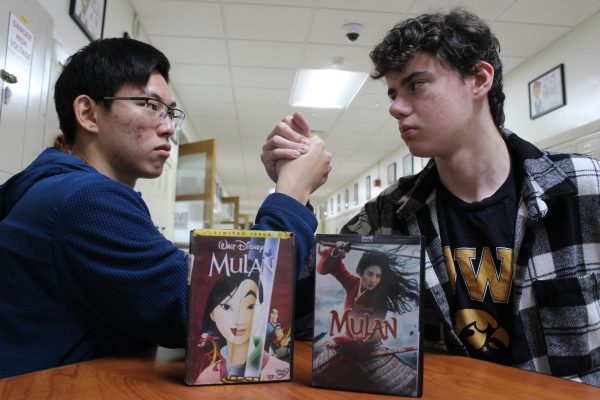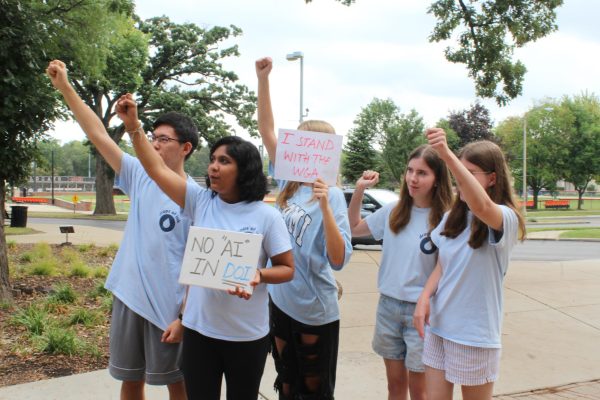“Marvel’s Spider-Man: Miles Morales” falls short of greatness
About three years ago, I first sat down to play Insomniac Studios’ “Spider-Man” on the PlayStation 4. As a pretty casual gamer, I was unsure of what to expect from the game and thought it would simply be another game I could use to ravage my brain cells for 20 hours. Instead, I found that “Marvel’s Spider-Man” for the PS4 told a deeply personal story, not just about Spider-Man, but of Peter Parker — the man behind the mask. The game highlighted themes of mentorship and the importance of embracing change in an evolving world. Most importantly, though, the game made me feel like Spider-Man as I webbed my way through the streets of New York while pounding criminals to a pulp. “Marvel’s Spider-Man” showed me how mature video games could be, so I had extremely high expectations for the game’s sequel, “Marvel’s Spider-Man: Miles Morales.”
“Marvel’s Spider-Man: Miles Morales” takes place about one year after the events of the first “Spider-Man” game and tells a story about the younger version of Spider-Man, Miles Morales. Miles is a teenager who juggles his life as New York’s only Spider-Man (while the Peter Parker version of the character is out of town on a work trip…very convenient), and also adjusting to his family’s move to Harlem. After playing through “Spider-Man: Miles Morales” twice, it became clear that this game was good but failed to reach the spectacular heights of its predecessor.
**Potential Spoilers Ahead**
A Relatively Bland, Unexciting Story
“Spider-Man: Miles Morales” is your typical superhero adventure. Miles has to protect and save his new home of Harlem from a radical terrorist organization and an evil business corporation. The basic story of this game is as predictable as it is generic, but the game makes up for its lackluster story with deeper themes and compelling characters.
Miles takes the lead in this game, proving to be a more youthful and inexperienced Spider-Man. As Spider-Man, Miles frequently makes mistakes in both combat and in his strategies and often gets pummeled in combat (like suit-shredded and everything). However, Miles’s mistakes force him to become his own Spider-Man, rather than trying to be just like the Peter Parker version of the character. Though Miles’s youth is often infectious and brings new dimensions to his character, he lacked the charisma of the older Spider-Man. Miles does not necessarily need to be the jokester that Peter is, but I felt that at times the game did not know what extra qualities they should give Miles.
Many of Miles’s shortcomings as a character are made up for in his strong relationships with other characters. Miles’ relationship with his Uncle Aaron echoes the importance of healing and reconciliation. However, Miles’s relationship with his mother was the strongest. At the time of the game, Miles’s mother Rio Morales is running for political office on the city council on a platform of holding the elite accountable for their actions (very AOC-esque). As a result, both Miles and Rio understand each other’s desires to help others and stick up for the powerless.
The story was also strongly supported by some of its really powerful messages. At its core, “Marvel’s Spider-Man: Miles Morales” is a story about accepting yourself for your own unique qualities. This is an important message, especially for many teens (like Miles) who deal with insecurities about their personal identity.
Furthermore, the game also has a very timely message about the exploitation of minority communities. In “Marvel’s Spider-Man: Miles Morales,” Harlem is a large, multiethnic and multicultural community that Simon Krieger is using as the staging ground for his unstable energy source, Nuform. Krieger chooses Harlem as his main site because he sees the people there as expendable. This situation reflects real-life scenarios where majority-minority communities are exploited, such as was the case in Flint, Michigan. This message is both pressing and, unfortunately, all-too-realistic.
Though the overall story is relatively weak, strong characters and powerful messages carry an otherwise bland story with forgettable villains. The story clearly needed more time to be fleshed out in the writers room in order to really stand out from the original “Marvel’s Spider-Man,” and as a result, feels rushed and incomplete.
Whacking Pixelated Goons Never Felt so Good
Combat in “Marvel’s Spider-Man: Miles Morales” was quite literally addicting. The game copies many of the same basic maneuvers from the first game of punching and flinging criminals aimlessly through the air; but this was not a bad thing. If it ain’t broke don’t fix it, and “Spider-Man: Miles Morales” does not change basic combat’s foundations. That is not to say that the game doesn’t make some welcome additions to combat.
The main new features of combat derive from Miles’s abilities that are unique to the newer Spider-Man. Venom power is an awesome new ability of Miles that allows him to knock out multiple enemies at the same time. At some points, I did find the venom power to be a bit overpowered. However, this small gripe of mine was often forgotten as I looked on in sheer joy as Miles used his unique power to easily take down hoards of bad guys.
Another one of Miles’s new abilities is invisibility. I did not like this ability and rarely used it. Though invisibility is useful in stealth situations when wishes are not seen, it is also almost like a “get out of jail free card” in these situations. Invisibility significantly lowers the difficulty of many combat situations.
Also, it’s worth noting that web-swinging in “Marvel’s Spider-Man: Miles Morales” is nothing short of spectacular. The webs attach to buildings seamlessly and Miles’s movements reflect his swagger and youth. Furthermore, Miles’s swings often seem a little off balance, once again showing his inexperience as Spider-Man. Web-swinging feels uniquely “Miles.”
The Final Verdict
“Marvel’s Spider-Man: Miles Morales” is a shorter, less significant game than its predecessor. The combat and technical aspects of the game supersede the same aspects of the original game. However, the story falls far short of being great. Furthermore, Miles as a character has not yet been fully realized in the same manner as the original Spider-Man was.
With that being said, if you shut your brain off the game itself is still an entertaining and engaging experience to play through. The combat and impeccable graphics bring the game-playing experience to new heights. The beautiful environments and smoothness of combat — courtesy of the powerful new PS5 — often overshadow a lackluster story.
I would recommend this game to any fan of Spider-Man, the original “Marvel’s Spider-Man” video game, or any individual who wants to experience the power of the new PS5. However, I feel that the game does not offer enough for the average gamer due to its insignificant story. I can only hope that future Insomniac games will give Miles more material to differentiate himself and let him become his own Spider-Man.



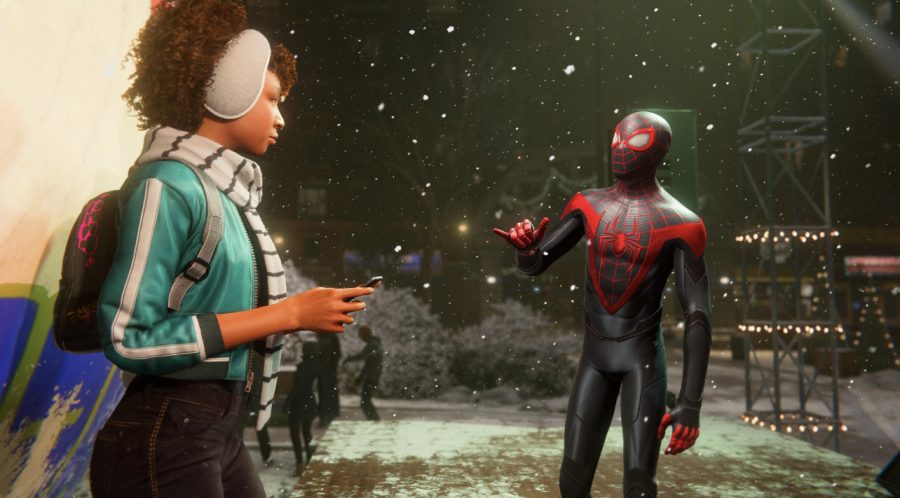




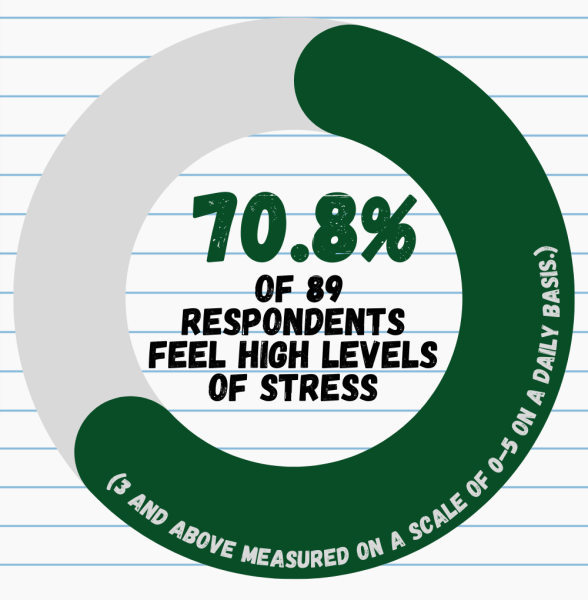
![Senior Sam Foster, who plays the alto saxophone on the Jazz Lab Band, waves at the audience after their final piece. “[Jazz is] just something that I enjoy personally, and I wanted to do,” Foster said.](https://www.lhsdoi.com/wp-content/uploads/2024/04/USE4-600x400.jpg)

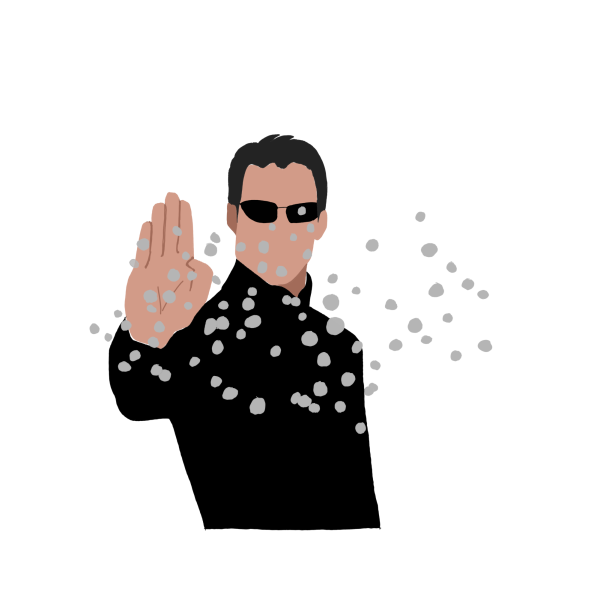
![For the final piece, a combination of Symphony Orchestra and Wind Ensemble played an extravagant song by Paul Hindemist. Flute soloist Dakota Olson had her moment highlighted within this song. “[My solo] was definitely challenging but it was fun too,” Olson said.](https://www.lhsdoi.com/wp-content/uploads/2024/03/amy-and-joey-shot-600x400.jpg)
![The Bel Canto choir, the junior choir, performs “Ex-Wives” from “SIX.” “We started [preparing], pretty much right after the Holiday concert,” junior Delaney Rybicki said. Caption by Ash Magalhaes](https://www.lhsdoi.com/wp-content/uploads/2024/02/IMG_7696-600x400.jpg)
